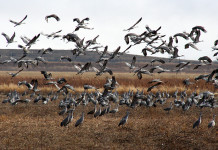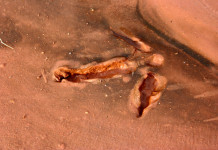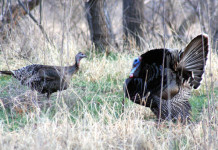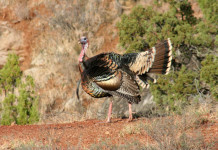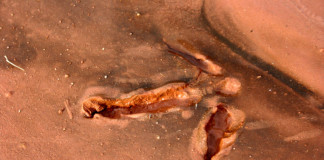For the second time in as many months, a Texas deer has tested positive for chronic wasting disease.
A free-ranging mule deer buck shot in Hartley County is the newest case, according to Texas Parks & Wildlife Department officials, who received confirmation from the National Veterinary Services Laboratory in Iowa.
Hartley County is located in the Texas Panhandle, south of the town of Dalhart, bordering New Mexico. TPWD and the Texas Animal Health Commission are contemplating a multi-tiered risk management response similar to the approach taken in 2012, when CWD was first discovered in Texas in a free-ranging mule deer in the Hueco Mountains along the New Mexico border, according to a news release.
The latest discovery marks the eighth mule deer to test positive for CWD in Texas. The other seven animals, all within the Hueco Mountains area, indicate a disease prevalence of 10 to 15 percent within that population.
State officials are compiling the data necessary to finalize the specific management response for this new CWD positive area, and will engage stakeholders to ensure that this recent discovery and scenario helps form the dialogue and recommendations for the future, according to the release.
Chronic wasting disease in Texas brings increased testing, precautions
Chronic wasting disease was first recognized in 1967 in captive mule deer in Colorado. The disease has been documented in captive and/or free-ranging deer and elk in 23 states and two Canadian provinces. In Texas, CWD has also been documented in six white-tailed deer in Medina and Lavaca counties. To date there is no evidence that CWD poses a risk to humans or non-cervids. However, as a precaution, the U.S. Centers for Disease Control and Prevention and the World Health Organization recommend not to consume meat from infected animals.
200 deer at South Texas ranch euthanized, tested for chronic wasting disease




